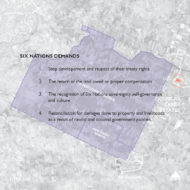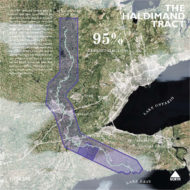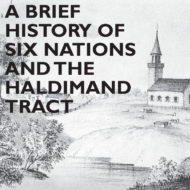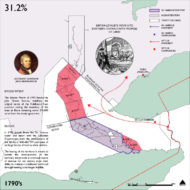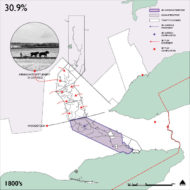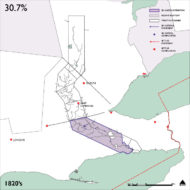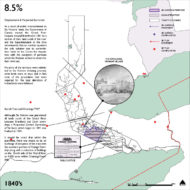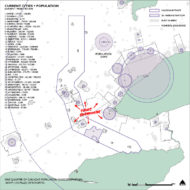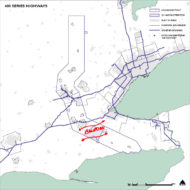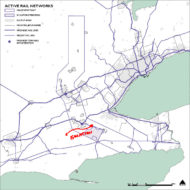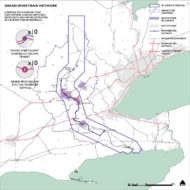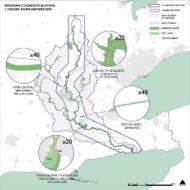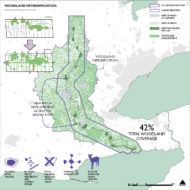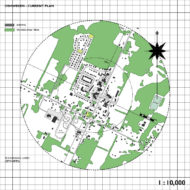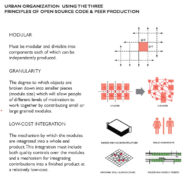People need safe drinking water and decent housing. Most of all, Six Nations needs a fair share.
Throughout the last century, Southern Ontario has seen urban and suburban growth on a scale rivaled by few other centres. Our conurbation, the Golden Horseshoe, holds a quarter of the alien population and is the sixth densest area like it in North America.
Throughout the explosive growth of the last few decades, nearly every community in Southern Ontario has exploded in a wave of suburbanization, which I shouldn’t need to get too deeply into here. I also shouldn’t need to get into the obvious harm it causes.
The point I want to address is one has been left out. As these occupied cities have rampaged through the farmlands and forests of the Haldimand Tract, one municipal entity has shrunk nearly as dramatically, and has remained a small kernel of its former self for decades.
I’m talking, of course about Six Nations, a reserve which once stretched around the entire region, before being clawed away in fraudulent land deals. Trillions of dollars of real estate, on which several cities – such as Brantford and Kitchener-Waterloo – now lie.
Six Nations today remains extraordinary among native reserves for many reasons. It’s the only place all Six Nations (Onondaga, Oneida, Seneca, Mohawk, Cayuga and Tuscarora) all live together. It boasts most populous reserve, and one of the best known. But despite the fact that the Indigenous are the fastest growing demographic, and that a shortage of land is a crucial issue on Reserves, it has not been allowed to grow.
Growth is a crucial issue for the Mohawk Nation of Grand River at the moment, too, since it is only in recent history (since the late ’80s) that Canada has been reforming the sexist status laws which voided so many women and children because she married a non-native man, where all lands possessed by women would be given to the man. This massive influx of Status Indians into the system has packed reserves everywhere to the brim.
This is not to suggest that the entire Haldimand Tract be returned. No serious negotiations today, either in land claims or on the national scale are demanding that white people be stripped of their land and sent back to Europe. However, if we continue to deny the community any land, we will only see more poverty and more peaceful-to-angry roadblocks.
If there is a shortage of land in the area, then why does the government continue to grant municipal boundary expansions to every entity in the area? The “Greenbelt” itself, Premier Dalton McGuinty’s planned to “limit sprawl”, gives almost 60% of Hamilton’s traditional urban area for new development. Farmers are selling land off left, right and centre. This increased development with in the Haldimand Tract.
The history of First Nations involvement in environmental decisions may not be perfect, but the track record is world’s better than those which simply involve governments and corporations. If we’re really interested in “Green Development”, why not give it to the folks who are so green you can see it from space?
Land is not the only issue here. And yet again, the contrast is stark. In a seemingly endless plan to build a boondoggle industrial park around Hamilton’s airport, water will be a crucial issue and a major expense. That’s a long way to pump water uphill.
And yet it took a decade for Six Nations to get money for a new water treatment plant, and conditions there are still abhorable. A short drive from some of Canadians richest areas, around half must still boil their water, and over three hundred homes don’t have water service at all.
The alien governments have no problem annexing land for boondoggle projects like Aerotropolis, the Mid Pen Expressway, East Mountain stadiums, or vast seas parking lots and Wal-Marts. They have no problem dumping millions into suburban development. If ever there were a need for actual growth, it’s here and now.
We don’t need stadiums. We don’t need highways. We don’t need any more industrial parks, and we definitely don’t need any more suburbs. People do, however, need safe drinking water and decent housing. And most of all, Six Nations needs a fair share.




